This walk took place at the beautiful Eden Hall Campus of Chatham University. The campus hosts the Falk School of Sustainability and acts as a classroom for sustainable technologies. We took a walk into an oak forest that is part of the campus. First stop was the shiitake mushroom logs growing area where the university develops best practices for shiitake cultivation. The woods them selves were fairly dry but the recent rains meant there were plenty of different species to be found. There were a number of different chanterelle species, a good selection of Amanitas and a wide variety of other larger species. One of the rare finds was Russula earlei. Russula earlei has a waxy cap and thick widely spaced gills that make you think it might be a Hygrophorus. There was also a Baorangia bicolor variant that had a thin pore layer but blued quickly. There was no smell of curry or any other distinguishing odor. It remains unnamed.
Identifiers Jim Tunney, Richard Jacob, La Monte Yarroll, John Plischke III and others. Species list entered by La Monte Yarroll.
List of species found on the walk at Chatham University Eden Hall Campus:
[icon style=”camera”] Amanita ameriverosa (),
[icon style=”camera”] Amanita banningiana (The Yellow Caesar),
[icon style=”camera”] Amanita bisporigera (Destroying Angel),
[icon style=”camera”] Amanita brunnescens (Cream Colored Cleft-foot Amanita),
[icon style=”camera”] Amanita brunnescens var. pallida (Cream Colored Cleft-foot Amanita),
[icon style=”camera”] Amanita flavoconia (Yellow Patches),
[icon style=”camera”] Amanita fulva (Tawny Grisette),
[icon style=”camera”] Amanita rubescens (Blusher),
[icon style=”camera”] Amanita vaginata var. vaginata (Grisette),
[icon style=”camera”] Artomyces pyxidatus (Crown-tipped Coral Fungus),
[icon style=”camera”] Aureoboletus innixus (Clustered Brown Bolete),
[icon style=”camera”] Boletus pallidus (Pallid Bolete),
[icon style=”camera”] Boletus subvelutipes (Red-Mouth Bolete),
[icon style=”camera”] Cantharellus cibarius (Common Chanterelle; Golden Chanterelle),
[icon style=”camera”] Cantharellus cinnabarinus (Cinnabar-red Chanterelle),
[icon style=”camera”] Cantharellus lateritius (Smooth chanterelle),
[icon style=”camera”] Cantharellus minor (Small Chanterelle),
[icon style=”camera”] Ceratiomyxa fruticulosa (Coral Slime),
[icon style=”camera”] Clitocybe odora (Anise Scented Clitocybe),
[icon style=”camera”] Cortinarius iodes (Iodine Cort / Viscid Violet Cort),
[icon style=”camera”] Crucibulum laeve (White-egg Bird’s-nest Fungus),
[icon style=”camera”] Daedalea quercina (Thick-maze Oak Polypore),
[icon style=”camera”] Daedaleopsis confragosa (Thin-maze Flat Polypore),
[icon style=”camera”] Entoloma strictius (),
[icon style=”camera”] Fomitopsis spraguei (Green Cheese Polypore),
[icon style=”camera”] Ganoderma applanatum (Artist’s Conk),
[icon style=”camera”] Ganoderma lucidum (Ling Chi),
[icon style=”camera”] Gymnoconia peckiana (Orange Rust),
[icon style=”camera”] Gymnopilus luteus (),
[icon style=”camera”] Hygrophoropsis aurantiaca (False Chanterelle),
[icon style=”camera”] Hygrophorus miniatus (Fading Scarlet Waxy-cap),
[icon style=”camera”] Hypomyces chrysospermus (Bolete Mold),
[icon style=”camera”] Hypomyces hyalinus (Amanita Mold),
[icon style=”camera”] Inonotus dryadeus (),
[icon style=”camera”] Laccaria ochropurpurea (Purple-gilled Laccaria),
[icon style=”camera”] Lactarius lignyotus (),
[icon style=”camera”] Leccinum longicurvipes (),
[icon style=”camera”] Lycoperdon perlatum (Gem-studded Puffball),
[icon style=”camera”] Macrolepiota procera (),
[icon style=”camera”] Megacollybia rodmani (Platterful Mushroom),
[icon style=”camera”] Meripilus sumstinei (Black-staining Polypore),
[icon style=”camera”] Mycena haematopus (Bleeding Mycena),
[icon style=”camera”] Mycena leaiana (Orange Mycena),
[icon style=”camera”] Naematoloma fasciculare (Sulfur Tuft),
[icon style=”camera”] Neofavolus alveolaris (Hexagonal-pored Polypore),
[icon style=”camera”] Omphalotus illudens (Jack-o’-lantern),
[icon style=”camera”] Pholiota squarrosa (Scaly Pholiota),
[icon style=”camera”] Pholiota squarrosoides (),
[icon style=”camera”] Phylloporus leucomycelinus (Gilled Bolete),
[icon style=”camera”] Phylloporus rhodoxanthus (Gilled Bolete),
[icon style=”camera”] Pluteus cervinus (Deer mushroom),
[icon style=”camera”] Psathyrella delineata (),
[icon style=”camera”] Ramaria concolor (Straight-branch Coral),
[icon style=”camera”] Russula aeruginea (),
[icon style=”camera”] Russula earlei (),
[icon style=”camera”] Russula mariae (Purple-bloom Russula),
[icon style=”camera”] Russula variata (Variegated Russula),
[icon style=”camera”] Schizophyllum commune (Split Gill),
[icon style=”camera”] Scleroderma citrinum (Pigskin Poison Puffball),
[icon style=”camera”] Stereum ostrea (False Turkey-tail),
[icon style=”camera”] Strobilomyces strobilaceus (Old Man-of-the-woods),
[icon style=”camera”] Trametes versicolor (Turkey-tail),
[icon style=”camera”] Tremellodendron schweinitzii (Jellied False Coral),
[icon style=”camera”] Trichaptum biforme (Violet Toothed-Polypore),
[icon style=”camera”] Tylopilus felleus (Bitter Bolete),
[icon style=”camera”] Tylopilus ferrugineus (),
[icon style=”camera”] Tylopilus intermedius (Bitter Parchment Bolete),
[icon style=”camera”] Tyromyces chioneus (White Cheese Polypore),
[icon style=”camera”] Xerocomellus chrysenteron (Red-Cracked Bolete),
[icon style=”camera”] Xylobolus frustulatus (Ceramic Parchment)
Unidentified species from the following groups were also found: Lepiota, Entoloma, Cortinarius and Inocybe.
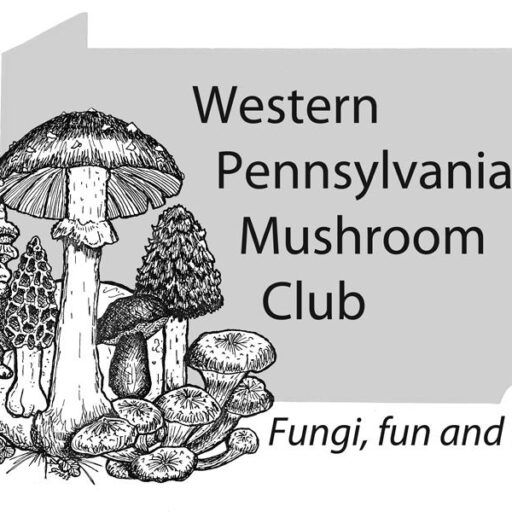
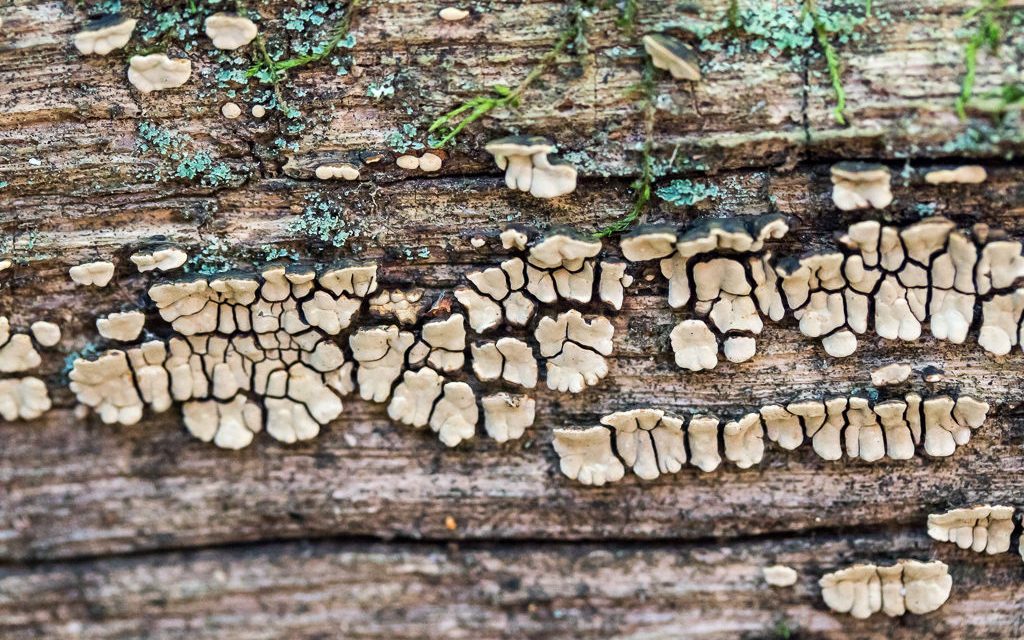


















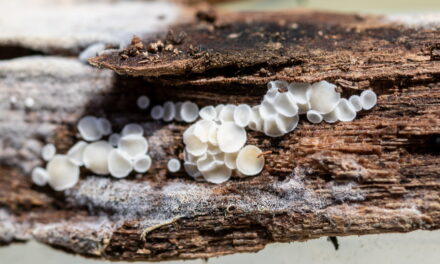
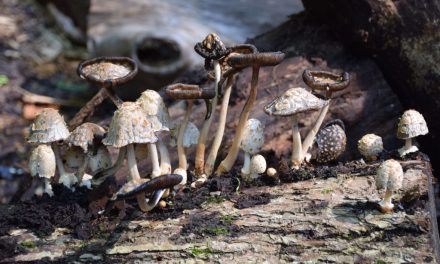
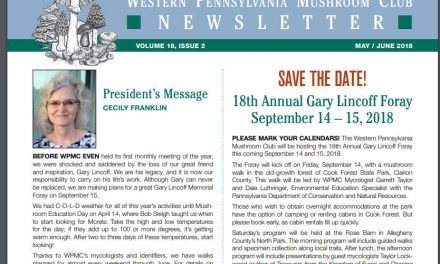
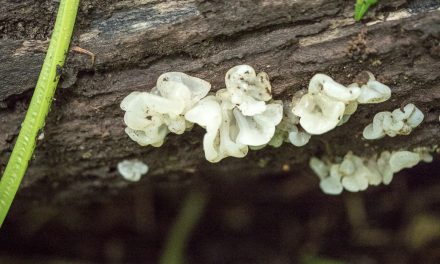

Recent Comments